Our WMS are an Integral Part of Day-to-Day Operations
Just as supply chain keyworkers, such as Warehouse Operatives and Delivery Drivers have been indispensable throughout this COVID-19 pandemic, Warehouse Management Systems (WMS) are a pre-requisite for smooth running warehouse operations. This couldn’t be truer at a time when some warehouses are having to stockpile items due to decreased consumer demand, whilst others are busier and fuller than ever with demand for online food shopping increasing dramatically.
What is a Warehouse Management System?
A Warehouse Management System is a software application used to manage the daily workings within a warehouse. The purpose of the WMS is to optimise and organise the process of receiving, putting away, storing, picking, packing and shipping goods to make a warehouses’ performance more efficient and ultimately more successful. Constantly tracking and monitoring stock rotation, the WMS quickly becomes an integral part of the day-to-day operations within the Warehouse, advising on everything from inventory replenishment, shift patterns, and item placement within the warehouse.
How Can a Warehouse Management System Keep Things Running Smoothly During COVID-19?
As well as being extremely helpful in normal circumstances, a Warehouse Management System can prove to be invaluable when it comes to employees being off work sick with the virus or self-isolating because a member of their household has the virus. When a warehouse employee in a leadership role is absent from the workplace it can cause confusion. Without their unique skills, knowledge and experience the remaining Warehouse Operatives are left to guess at how things should be done.
A Warehouse Management System can:
- Systemise shift rotas, optimising them based on the day’s sales orders
- Take care of the decision making, limiting the confusion when key personnel are off work.
- Help prepare and plan for peak periods such as upcoming summer sales, should a Shift Supervisor be absent during this busy time.
A WMS Means Increased Efficiency
Last month we wrote about how industry experts were recommending the implementation of special ‘workplace zones’ to encourage social distancing rules. A Warehouse Management System can provide instructions about where operatives are best placed when picking and packing, ensuring they are better placed to practice social distancing and better placed to increase efficiency. Time is saved as operatives don’t have to travel the length of the entire warehouse to retrieve their orders.
After orders have been picked from their assigned locations, they can be moved to a central marshalling area for consolidation. The Warehouse Management System can effectively sort operatives into well-spaced positions along a marshalling line. There, the operatives can safely sort items into their correct orders and send them off for distribution.
Intregration
Most modern Warehouse Management Systems can be seamlessly integrated with other technologies, such as voice picking. This technology enables operatives to pick stock hands-free in their allocated areas, protecting them against the virus and saving valuable time.
Best practice dictates that Warehouse Operatives are provided with their own personal headset but share a processing device. This is ideal as processing devices can be sanitised and cleaned between shifts and there is minimum risk of the headsets spreading the COVID-19 virus.
Other Ways a Warehouse Management System Can Realise the Need for Speed
Indigo Software is a leading Warehouse Management software solutions provider. Their Solutions Architect, Eric Carter recently shared on Warehouse and Logistics News five ways a reliable Warehouse Management System can maintain efficiency at a time when warehouses are hectic and at maximum capacity.
See the video below for a quick demo on voice enablement in warehouses.
These ways were:
- Put-away Management and Location Assignment of Items
- Pick Route Optimisation and Planning
- Shelf Life Management and Stock Rotation
- Perpetual Inventory (PI) Stock Counting
- Traceability Management
As you can see, investing in a robust Warehouse Management System is vital. At Prolog Fulfilment our Prolog Fusion system is the dependable foundation for our warehouse infrastructure.







